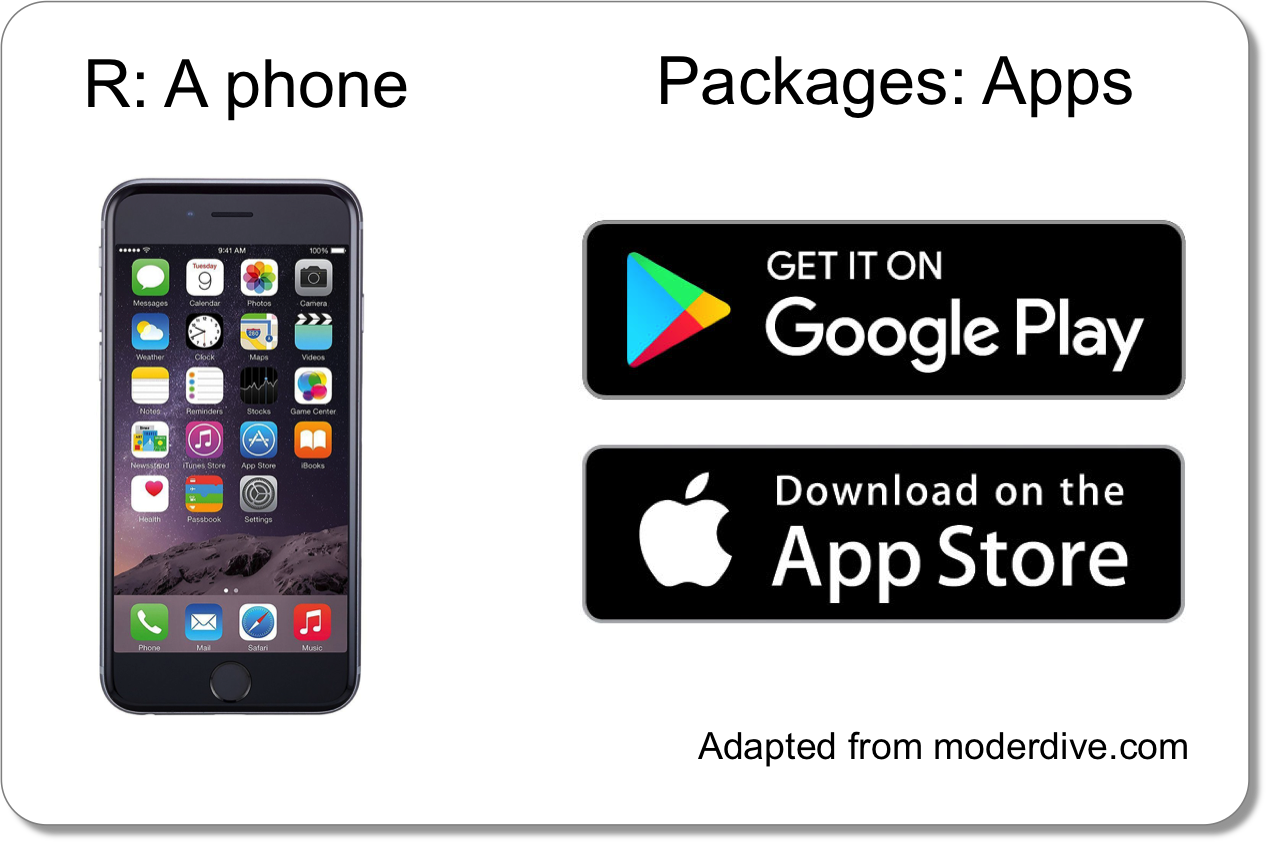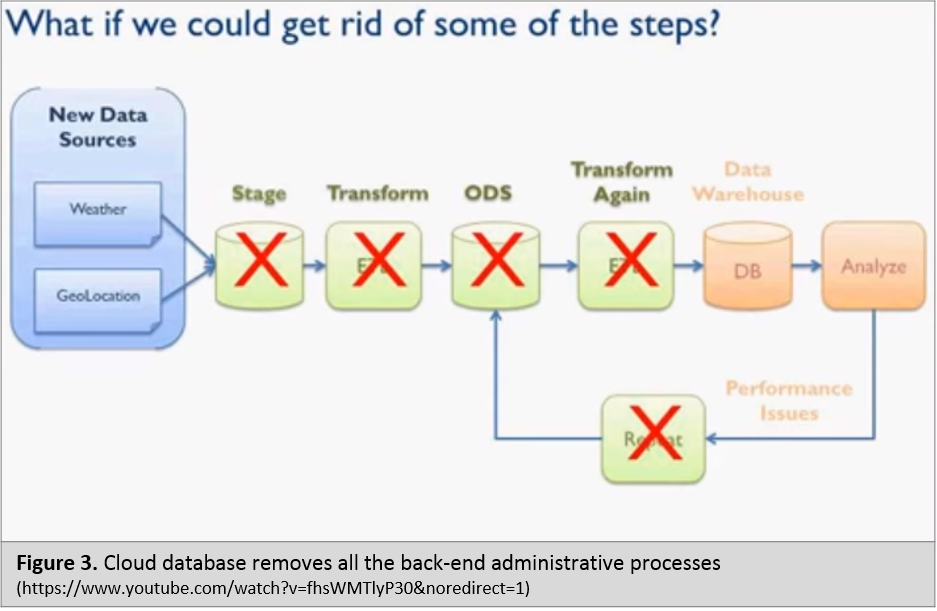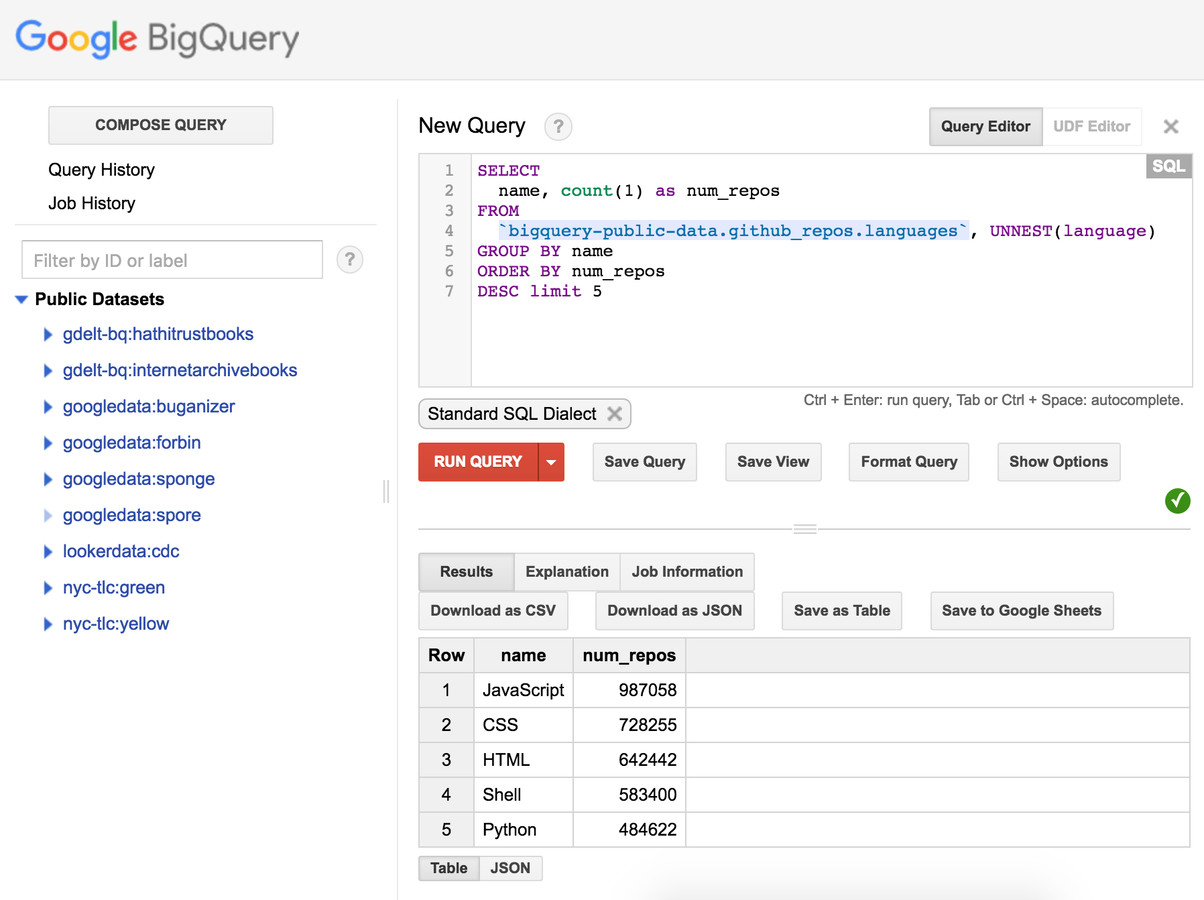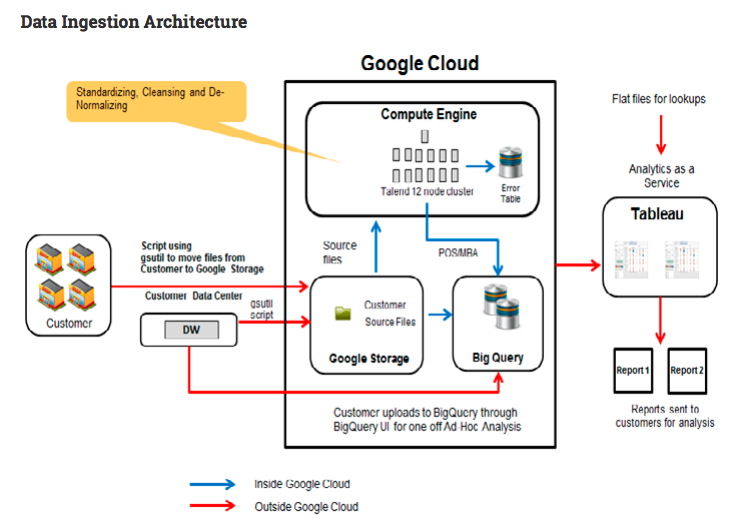Urban Big Data Analytics
Lecture 6Cloud Computing
July 24, 2019
Instructor: Andy Hong, PhD
Lead Urban Health Scientist
The George Institute for Global Health
University of Oxford
Let's do the Assignment 3 together
- Why bother to learn coding?
- Reproducibility
- Room for improvement
- Let's cover some R basics first
R Basics - What are packges?
- Add more functions
- Written by global R users
- From computation to visualization
- New packages avialable for free
R Basics - What are packages?

R Packages
Installing packages:
Loading packages:
install.packages("ggplot2")Loading packages:
library(ggplot2)R Studio

Vectors
> x = c(1, 5, 4, 9, 0)
>
> length(x)
[1] 5
>
> x = c(1, 5.4, TRUE, "hello")
>
> x
[1] "1" "5.4" "TRUE" "hello"
Lists
> x = list(1, 2)
> x
[[1]]
[1] 1
[[2]]
[1] 2
>
> x = list("new","class")
> x
[[1]]
[1] "new"
[[2]]
[1] "class"
Data Frames
> x = data.frame(column1=c(1,2,3), column2=c("A","B","C"))
> x
column1 column2
1 1 A
2 2 B
3 3 C
Basic commands
> str(x)
'data.frame': 3 obs. of 2 variables:
$ column1: num 1 2 3
$ column2: Factor w/ 3 levels "A","B","C": 1 2 3
> head(x)
column1 column2
1 1 A
2 2 B
3 3 C
> View(x) # Note "V" is capitalized
Basic commands
# Testing for equality in R using ==
> x = 1
> if(x == 1) cat("x is 1!") else cat("x is not 1!")
x is 1!
# Boolean algebra: TRUE/FALSE statements and math operators:
< means "less than"
<= means "less than or equal"
>= means "more than or equal"
!= "not equal to"
# Logical operators:
& means “and”
| means “or”
Let's dive into the Assignment 3
Cloud computing
What is cloud computing?
- Computing services over the Internet (“the cloud”)
- Charge based on usage, like electricity
- Example:
- Music streaming services
- Storing/sharing files online
- Turn on/off apps from cloud
Why cloud computing?
- Lower costs: no hardware/software
- Faster: quick to set up
- Scale on demand
- Little maintenance
- Reliable + backup
Big probem with cloud

Types of cloud services
- Infrastructure-as-a-service (IaaS): servers, virtual machines, storage
- Platform-as-a-service (PaaS): on-demand environment for development
- Software-as-a-service (SaaS): host and manage softwares online
- Database-as-a-service (DBaaS): building and managing database online
Database-as-a-Service

Cloud computing services

Google BigQuery

Google End-to-End Pipeline
